Turn yourself upside down with these gentle yoga inversions to increase circulation and boost your metabolism.
Technically speaking, an inversion is anything that brings your hips above your heart. You don’t need to do a headstand, handstand, or complicated arm balance pose. These gentle beginner inversion poses are the perfect way for you to reap all the benefits of inversions while staying grounded and safe.
The Benefits of Inversions
These seven postures are perfect for beginners and do not require any advanced acrobatic balancing skills or feats of incredible strength.
Suffering from a sore neck, back and shoulders? Get our mobility guide to ease pain and soreness.
Get The FREE Mobility Guide To Fix Your Pain Today!
You will be able to rest and relax while providing your body with the full benefits of inversions:
1. Give your Heart a Rest
When you are standing or sitting upright, your heart needs to pump with full strength and capacity to flush blood through your veins. Lowering your chest below your hips allows gravity to help send blood to the heart, assisting it to rest compared to its normal workload. Instead of working against gravity, your heart is able to work with gravity to increase blood flow. (1)
2. Helps Blood Circulate
Coming down from an inversion, you will probably feel an immediate rush of blood from your upper body back down into your lower body and extremities. This boost of blood flow is a great thing for improving circulation and hydration throughout your body. Inversions are one of the number one ways to improve problems associated with poor circulation, like numbness or tingling in feet or legs. (2) These inversions are a great way to help speed up recovery and healing after an intense workout.
3. Refreshes and Energizes
Do you ever feel that afternoon energy slump? Instead of grabbing a triple espresso, try a few quick inversions for a natural way to feel refreshed and energized. In just a few minutes, you’ll feel as if you’ve had a one-hour power nap!
4. Boosts Metabolism
Inversions can help stimulate the pituitary gland, a pea-sized gland at the base of your brain that regulates and controls the function of most other endocrine glands. These glands regulate hormones that are responsible for growth, metabolism, and body composition. Going upside down can help keep your metabolism up to speed and encourage your body to maintain a healthy weight. (3)
7 Yoga Inversions to Boost Blood Flow and Metabolism
To do these gentle inversions, all you need is one yoga block. A mat is optional. Hold each of these inversion poses for approximately 10 deep slow breaths (between 1-2 minutes), or longer if it feels comfortable.
Two Important Notes:
- If at any point you feel faint or dizzy, get out of the pose immediately and sit on the floor to breathe and recover. If you’re not used to being upside down, it may take an adjustment period to get used to the new sensations and boost of blood flow.
- Do not hold your breath during inversions. Maintain conscious awareness of your breath, allowing oxygen to flow constantly.
Standing Forward Fold with Block | 10 breaths
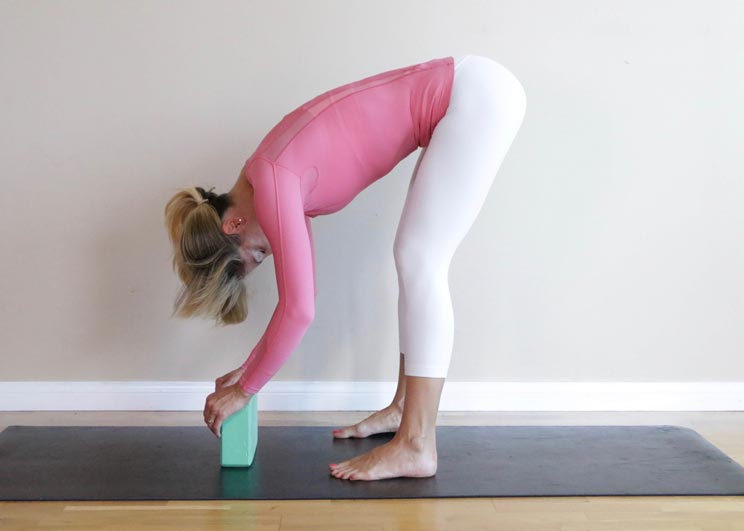
- Stand with feet hip-width apart, and place a block in front of you.
- Hinge at the hips to fold forward and reach your hands to the block. You may turn the block at any height that feels most comfortable for you.
- Keep a slight bend in your knees so that you can relax and focus on the blood flow without too much of a stretching sensation in the backs of your legs.
- Take 10 deep breaths and allow gravity to help you fold deeper with each exhale.
Resting Bridge with Block | 10 breaths
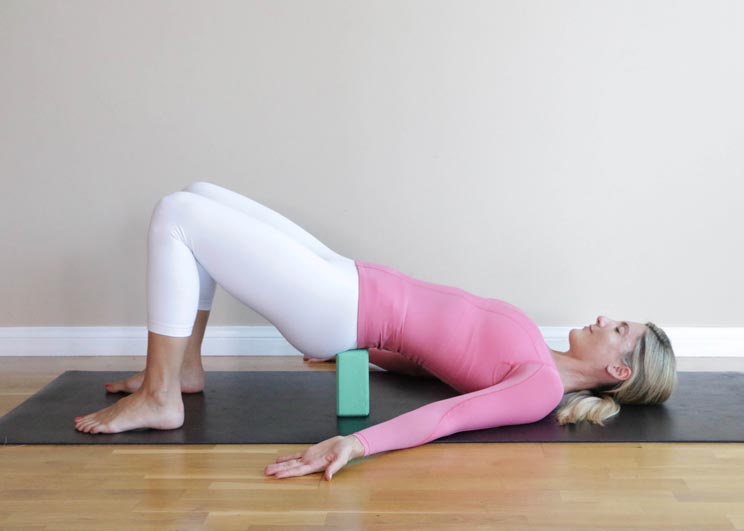
- Lie down on your back and place your feet on the ground to form a 90-degree bend with your knees.
- Lift your hips up to make a bridge, then slide the block underneath so that it lines up with the top of your pelvis. The block can be either on its middle or lowest height.
- Lower your hips onto the block and rest your hands at your sides with palms facing up.
- Adjust your shoulders to find a comfortable resting position and tilt your chin slightly up to increase airflow and ease of breathing.
- Take 10 deep breaths and focus on relaxing into the posture.
Block Elevated Reclined L | 10 breaths
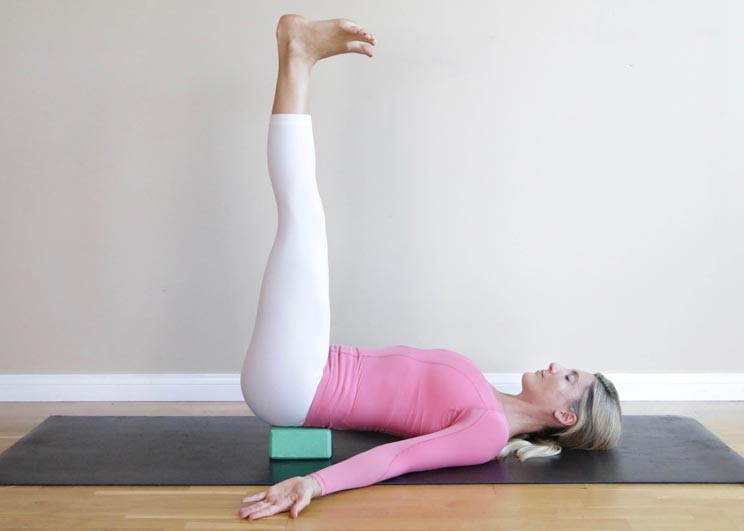
- Stay in the bridge position. If your block isn’t at its lowest height setting, reposition it.
- Lift your legs straight up into the air and flex your feet.
- Adjust your shoulders to find a comfortable resting position and tilt your chin slightly up to increase airflow and ease of breathing.
- Take 10 deep breaths. Keep your legs straight and active while focusing on relaxing your upper body.
Extended Pyramid Fold with Block | 5 breaths per side
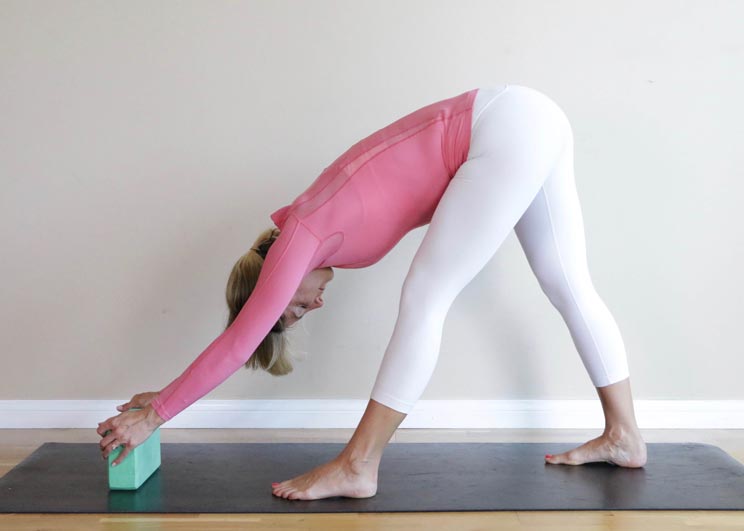
- Stand with your feet staggered. Place your right foot about 2 feet in front of your left. Set the block in front of your right foot.
- Fold forward by hinging at the hips, keeping your knees straight.
- Reach down to grab onto your block with both hands. The block should be out in front of you just enough so that you feel a gentle stretch in your upper body.
- Take five deep breaths and get comfortable in this position.
- Switch sides.
Puppy Inversion | 10 breaths
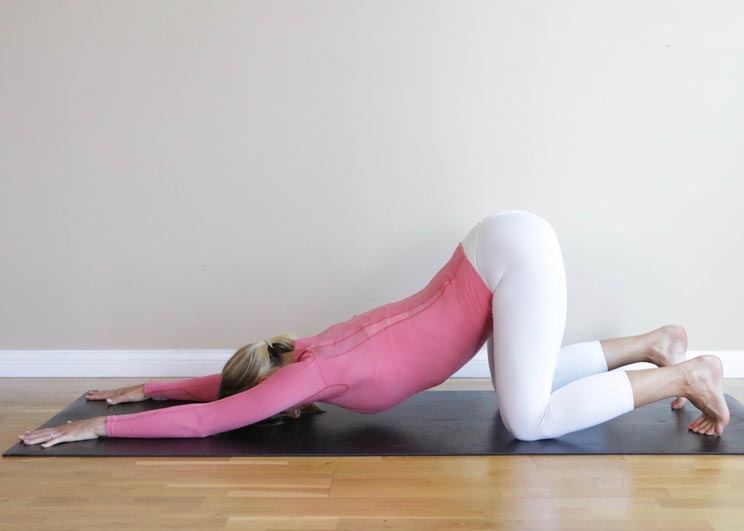
- Kneel down on all fours. Make sure your hips are aligned right over your knees.
- Walk your hands forward to lower your chin and chest towards the floor.
- Straighten your arms and press the palms of your hands into the ground.
- Press your chest towards the ground so that it’s lower than your hips.
- Maintain this position for about 10 deep breaths, or as long as it feels comfortable.
Dolphin Inversion | 10 breaths
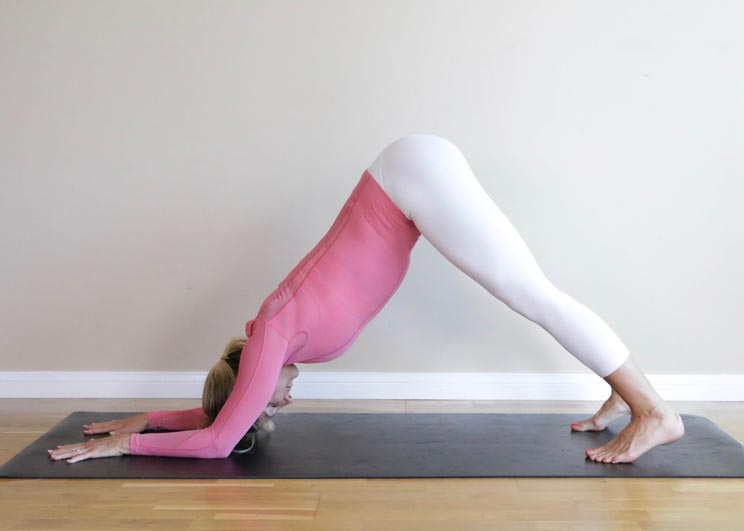
- Start in an all-fours position.
- Tuck your toes under and lower your elbows, pressing your palms flat to the ground.
- Lift your knees and hips up until your legs are straight and your body forms a triangle.
- Press your heels back and down towards the floor and work to straighten your shoulders.
- Allow your neck to relax and calmly gaze towards your feet.
- Maintain this position for 10 deep breaths, or as long as it feels comfortable.
Legs up the Wall with Block | 10 breaths
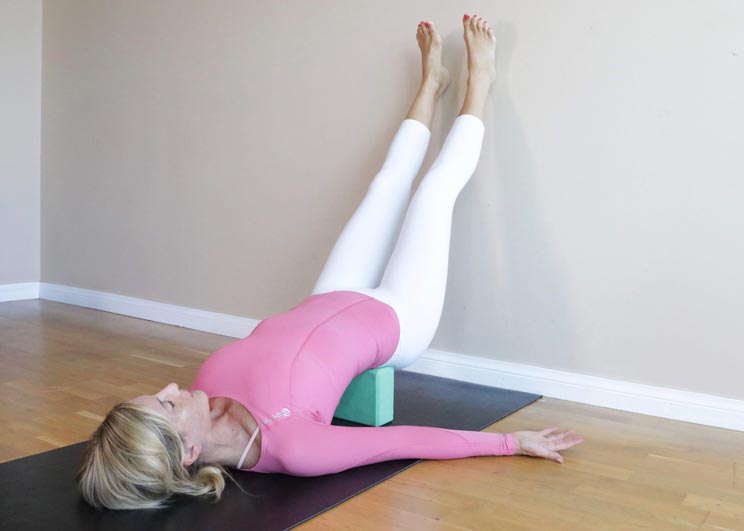
- Sit with your bottom close to a wall, with your knees bent and feet flat on the ground.
- Press your hips up to a bridge position and slide the block underneath the hips, just like you did for the block supported bridge.
- Once your hips are set, and the block is in a comfortable position, walk your feet up the wall until your legs are straight.
- Rest your heels against the wall and place your hands by your sides with palms facing up.
- Take 10 deep breaths and stay as long as it’s comfortable.
Note: It’s normal for your feet to get cold and tingly after some time in this pose. If it becomes uncomfortable, simply bend your knees and place your feet back on the floor.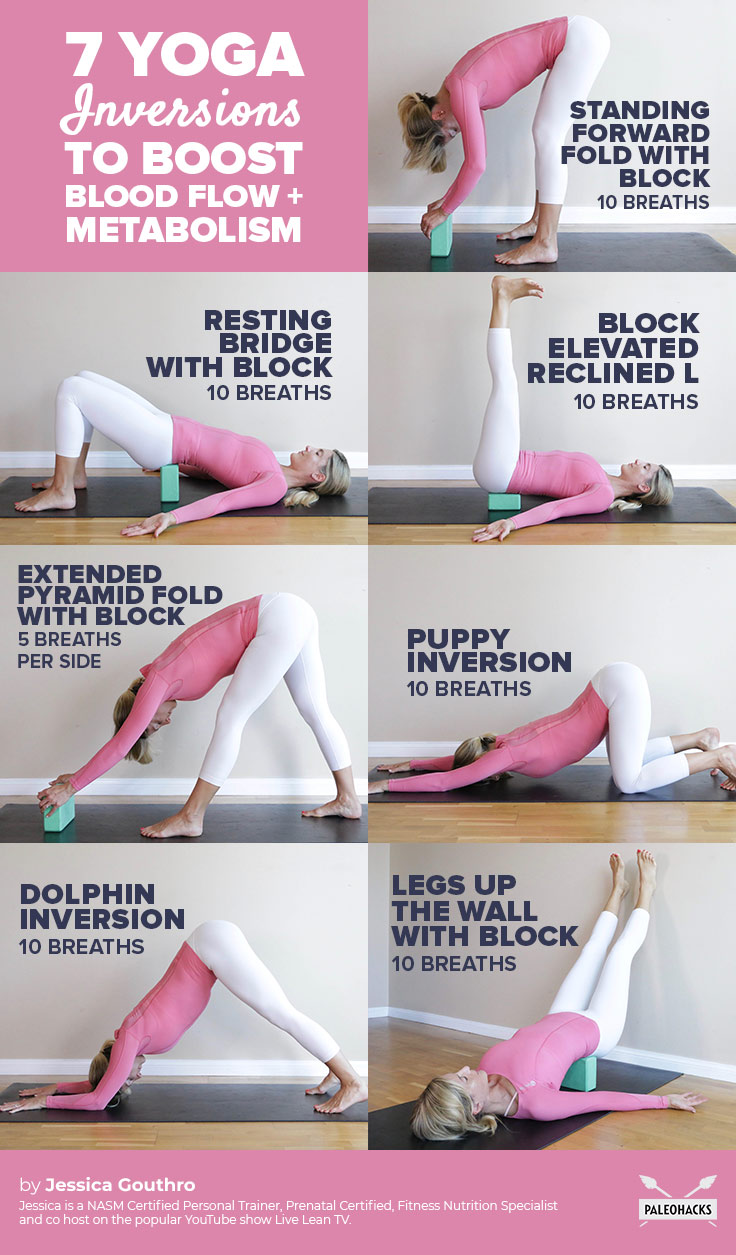


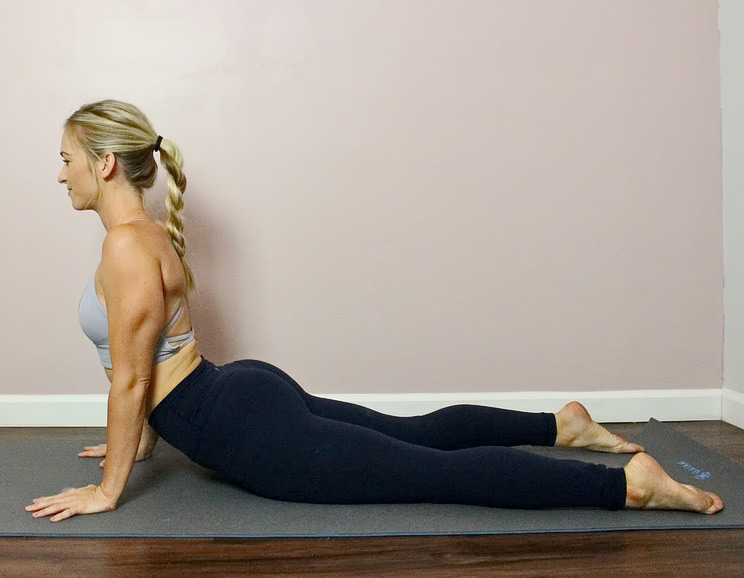
 Creamy Cauliflower Polenta with Beef Bolognese
Creamy Cauliflower Polenta with Beef Bolognese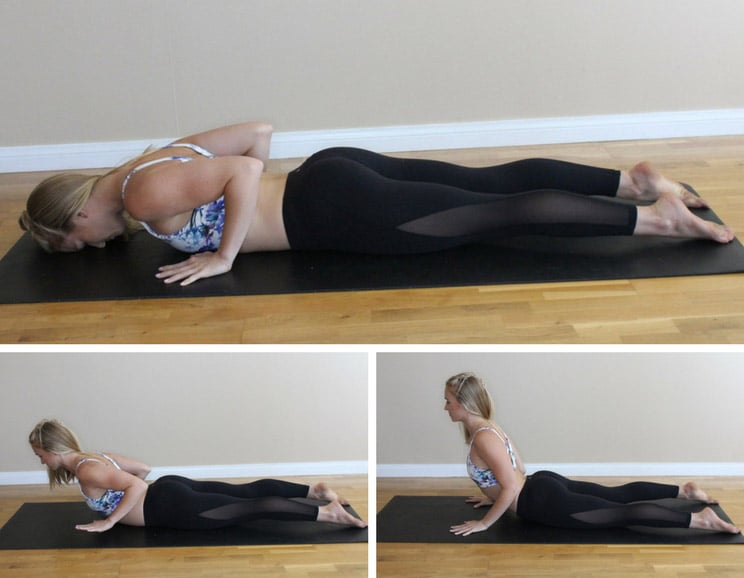
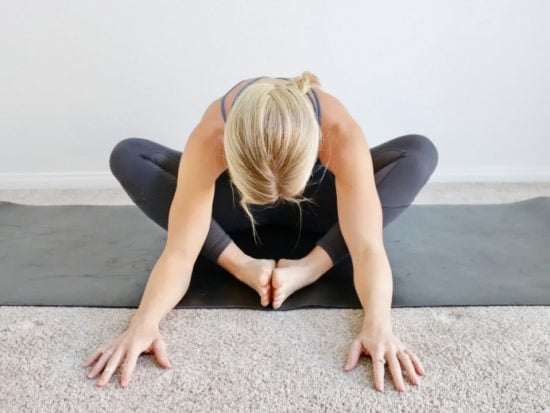
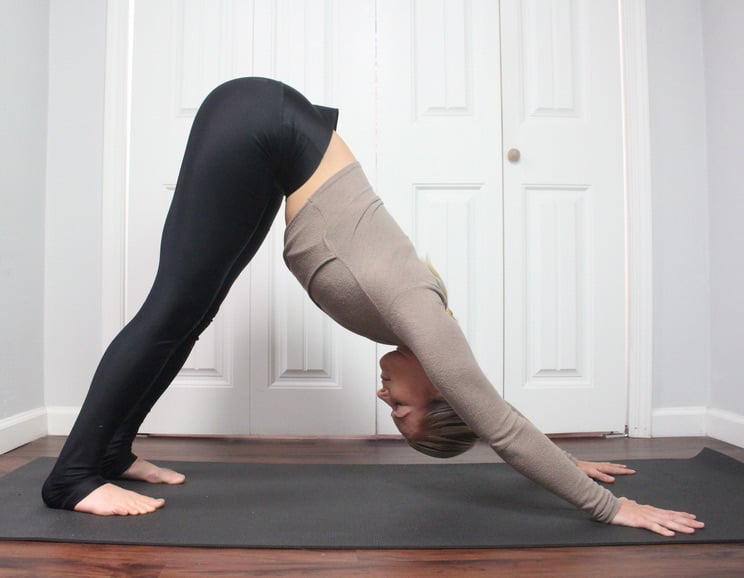
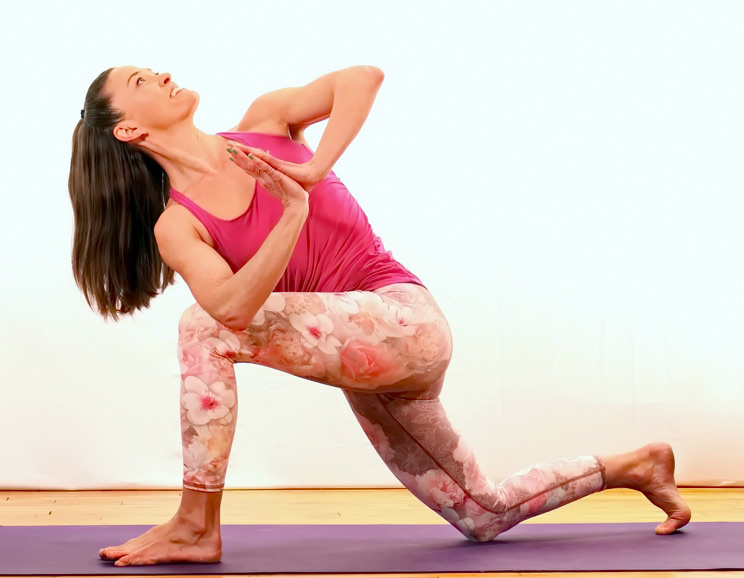
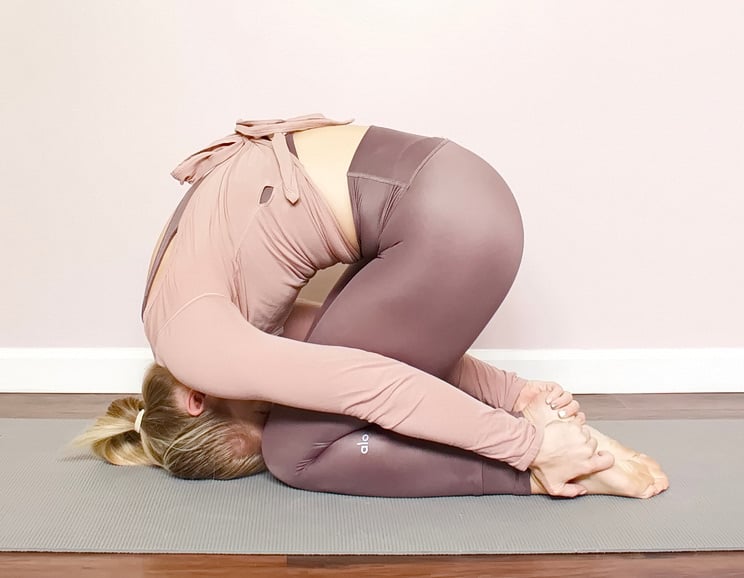
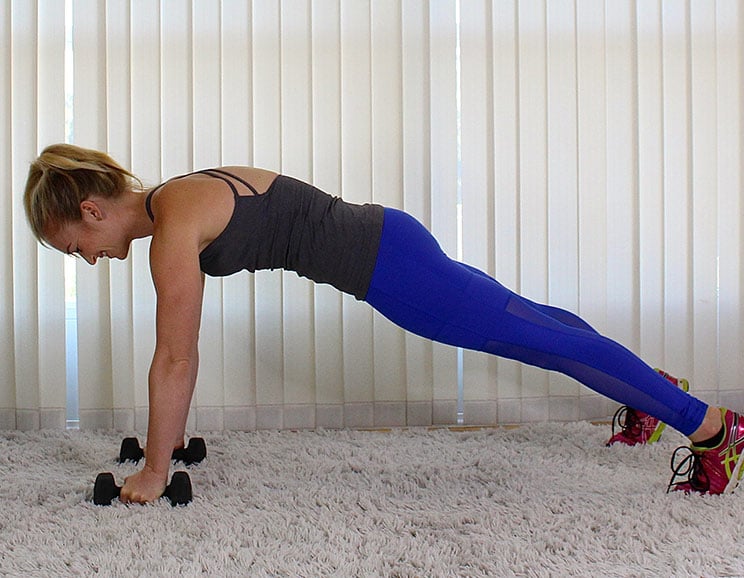
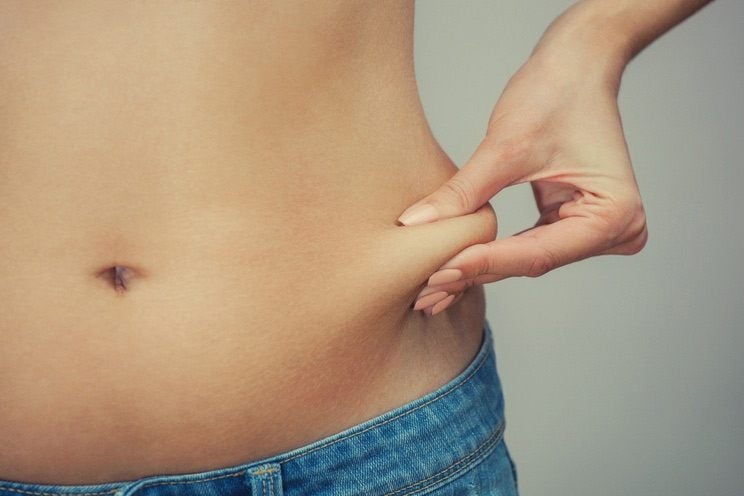
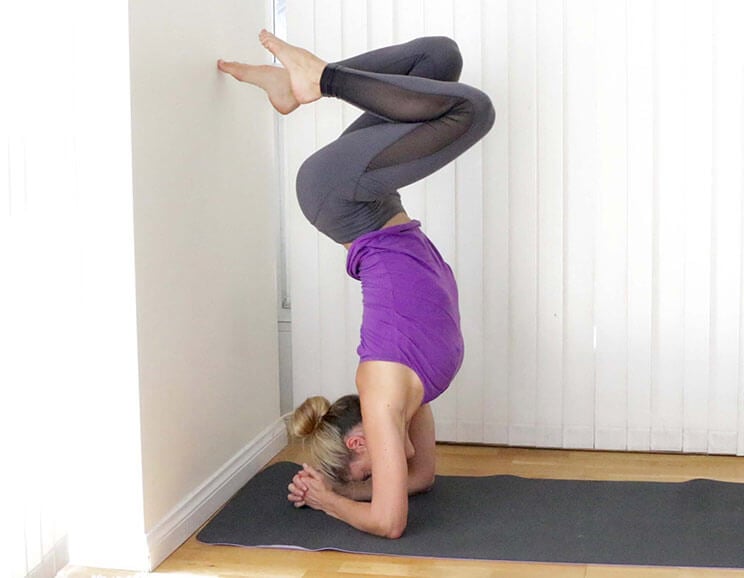
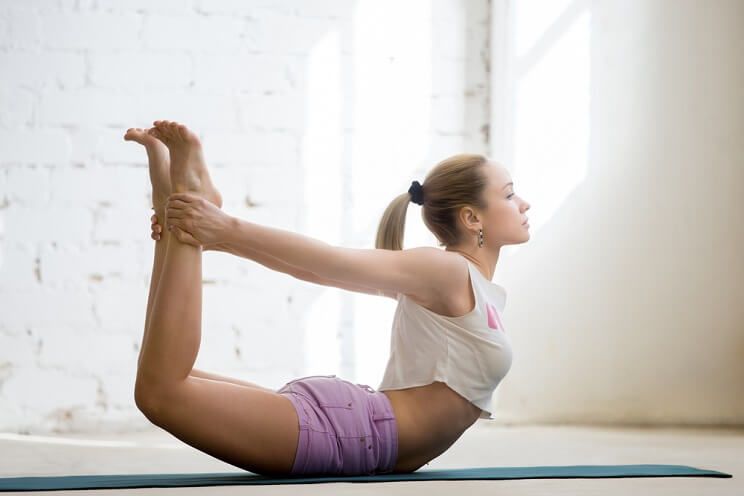
Show Comments